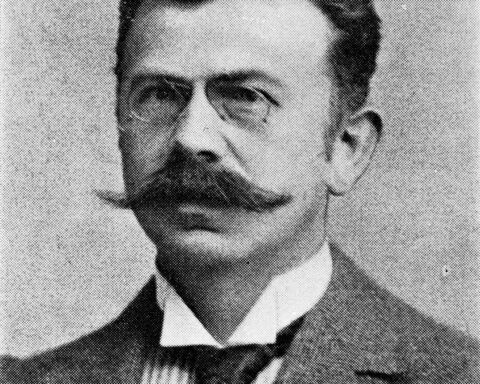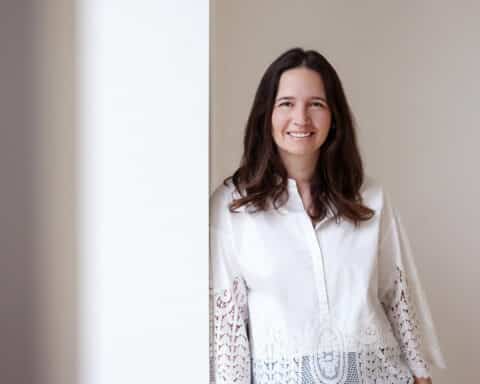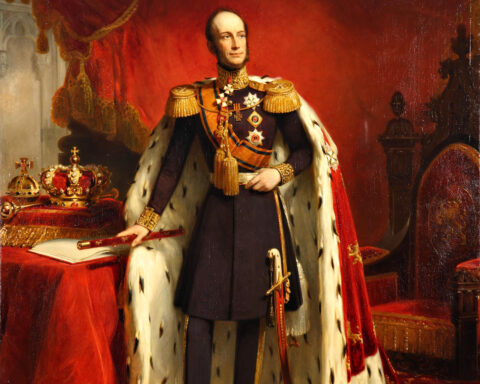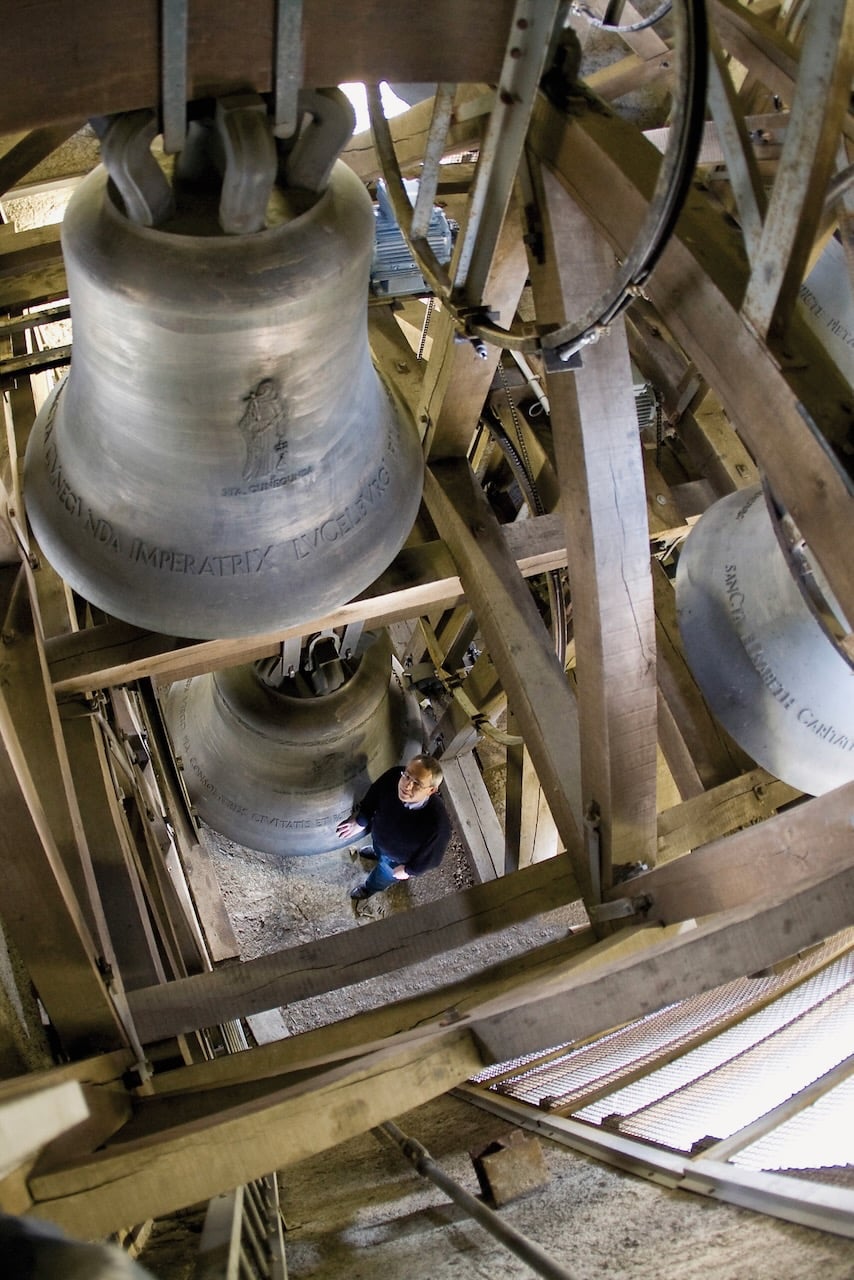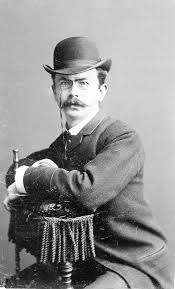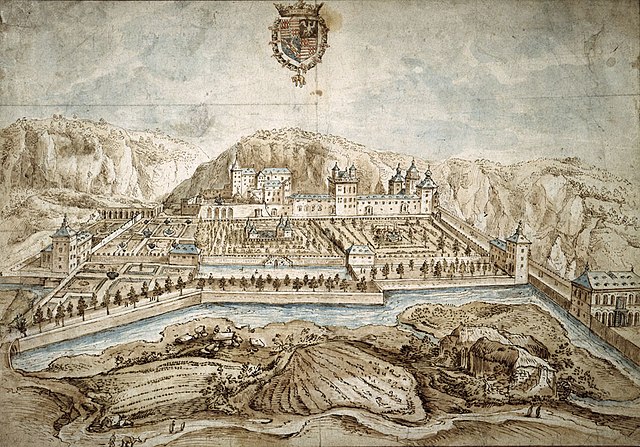Mr. Jean Welter, member of the church council was the specialist in the cathedral’s bells. He has developed a passion for the cathedral’s history and lets you discover its smallest secrets.
A guided tour
You better have a strong stomach if you wish to contemplate the city of Luxembourg from the top of the cathedral’s spire. Climbing up a succession of ladders you finally arrive at the bell chamber weaving your way between the bells. The journey is not entirely without danger. You better not get too close to the great bell weighing three tons when it swings just short of the walls. Close your ears every quarter of an hour when near the bell chamber. And above all make sure that a friend assists you when you start descending the ladder without even being able to see the first step. Once beneath the roof the closeness of the beams that often date back to the original construction in 1613 does not leave you untouched. And the light creates an atmosphere worthy of Georges de la Tour’s paintings.
The right time
There are 48 bells at Notre-Dame cathedral. 37 belong to the bell chamber and the remaining 11 are spread between both spires. The great bell was installed in 1986 and weighs nearly three tons, that is to say one less than its predecessor that was destroyed by the fire in 1985. The bell chamber was made in the XXth century. No need to bang them with your fists to make them ring, as is done with others. A keyboard can be connected to them allowing you to play them like a piano. The recorded chimes were played by Carlo Hommel, the greatly missed organist of the cathedral. The clock is connected to a computer that catches a signal sent from Frankfurt. A slight time difference has been made so that the chimes finish five seconds before those from the neighbouring Trinity Church start, thus avoiding a cacophony. It is the bell chamber that gives the time.
The concordat
Since Napoleon’s days the city owns the cathedral structure and the bell chamber. The church council takes charge of the management costs. So this situation has been quite interesting at times: for instance the choice of music played by the bells was a source of conflict during the XIXth century. In 1986 following the great fire of the west tower, the church council had to take over the expenses concerning the new bells whereas the city financed the new spire as well as the bell chamber. So next time you hear the bells ring, remember its four centuries of history that echo in their voices.





